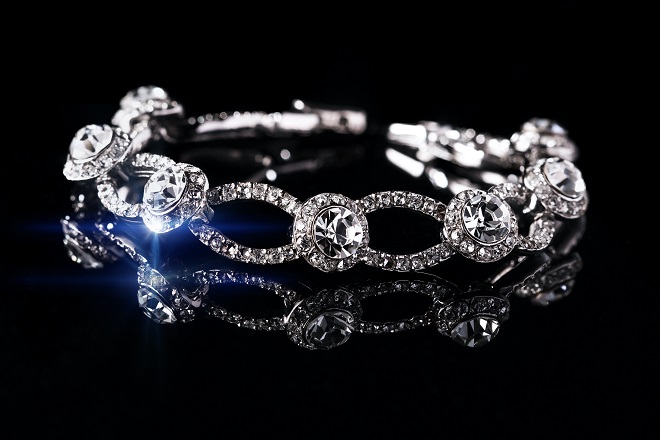As the old saying goes, “diamonds are a girl’s best friend. But today, diamonds may actually be a lab technician’s best friend. Lab made diamond rings have emerged as a more affordable and environmentally-friendly option than traditional natural diamond, and are easy to fool the naked eye (and even wow it!)
What is a lab-grown diamond?
Since their inception, lab-grown diamond jewelry has drastically improved in terms of quality. That’s thanks in part to advanced technology and the discovery of two mainstream approaches to creating these lab-grown diamonds.
The High-Pressure High Temperature, or HPHT, method uses a carbo source like graphite or diamond powder and places it inside a reaction chamber accompanied by other ingredients to facilitate growth on top of a diamond seed. A catalyst allows the production to occur at a relatively low temperature, which actually reduces the price of lab procedures.
The more common Chemical Vapor Deposition method, or CVD, requires fewer resources or heavy-duty machinery to create synthetic diamonds. The method requires funneling gas into a vacuum chamber at temperatures as high as 2200 degrees Fahrenheit. Graphite and carbon present in the system react with an atomic hydrogen to become activated gasses. The activated carbon-hydrogen mix attaches itself to carbon atoms present on the diamond seed. Gradually, layer by layer, the carbon atoms then begin depositing on the flat diamond seed crystal whose origin was either CVD or HTHP.
While rings featuring synthetic diamonds are competitive price-wise to natural diamonds, there is the question of whether or not they are as strong as the real thing.

Do lab-grown diamonds hold up to mined diamonds?
Diamonds are well-known for their hardness, with natural diamonds ranking at 10 on the Mohs scale, the highest-ranking for mineral hardness. However, lab-grown diamonds have made leaps in becoming less prone to damage. Recent lab tests have found some synthetic diamonds surpassed naturally formed diamonds, withstanding tremendous amounts of pressure.
The hardness of synthetic diamond depends on its purity, crystalline perfection, and orientation. Diamonds produced through the CVD method can have a hardness ranging from 30% to 75% of that of single crystal diamond, and the hardness can be controlled for specific applications. Some synthetic single-crystal diamonds created through the HPHT method are harder than any known natural diamond.
Keep in mind, lab-created diamonds are graded and certified using the same process as mined diamonds. They are sent to labs and graded using the 4 C’s you’ve probably already heard of: Cut, Clarity, Color, and Carat. The Gemological Institute of America, or GIA, is among the most popular diamond certification laboratories. GIA grades each diamond independently through several gemologists. The individual grades are compiled and analyzed to determine the final grade. The process is designed to provide each diamond, lab-grown or natural, the same unbiased ranking.
Resistance to damage is of course a primary concern when picking out diamond jewelry, especially when picking out an engagement ring for that special someone. Agape Diamonds has become a leading seller of lab made diamond rings, vouching for their value, as well as undeniable physical properties that are completely on par with natural diamonds.
Diamonds made synthetically result in the same chemical and optical properties as a mined diamond. The relatively shorter supply chain of lab-grown diamonds also helps to reduce their cost on the diamond market, as opposed to diamond engagement rings featuring mined gems. Lab-grown diamonds are also less impactful on the environment with guaranteed transparency not only in the diamond but in its creation.
In the end, some may want to debate natural diamonds are better. The truth is diamond engagement rings are simply meant to represent one thing: love.












